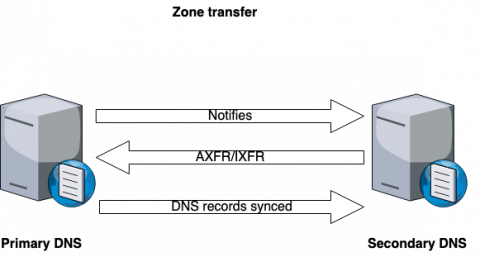Operations | Monitoring | ITSM | DevOps | Cloud
Latest News
Why DevOps needs an AIOps approach?
Unsolicited Opinions About the Latest Forrester Wave on AIOps, Part 1
5 best incident management tools of 2023
Put simply, managing incidents—big or small—is good for business. Not only is it a regulatory requirement, but also a factor in your profits. Your customers expect smooth operations, good customer service and protection. A dedicated incident management tool can help protect all of these. While many may think of incidents as an IT or DevOps issue, it’s hard to over emphasize that they can happen in any department.
Trust Me - I'm a SASE Solution
As we get ready to wish the term SASE a happy 4th birthday, it seems odd that there is still a great deal of confusion in the market about what SASE really is and how it relates to a ‘Zero Trust’ architecture. For many, SASE is a framework for secure network design; for others, it’s seen more as an architectural approach to delivering Zero Trust. So why do we have this confusion when Gartner defined SASE back in 2019?
Software supply chain security: How to audit a security bill of material (SBOM)
A security bill of material (SBOM) is an inventory of the entire building components of a software application. These components include open source libraries, dependencies, commercial components, licenses, patch status, version information, upgrades available, CVEs, etc. Having an SBOM of a codebase or piece of software provides deep visibility into core components that help quickly identify and mitigate the security and licensing risks associated with the software supply chain.
Kubernetes Preview Environments - Adoption, Use Cases & Implementations
Easy to manage fine-grained access control and roles
A neatly setup access control telling which user can do exactly what on an incident management platform can save a lot of time and hassle in the future. In the past, Spike.sh had only 2 roles - Admin and Member. The only difference in these roles were that only Admins can remove members. It was fairly simple and most users liked it. However, with larger teams coming onboard, it gets a little difficult to control for admins. So, we have empowered the existing system by adding two more roles.
DNS redundancy: What are secondary DNSs and zone transfers?
The primary DNS server hosting a zone or multiple zones acts as an authoritative DNS through which DNS administrators manage zone files and perform DNS changes like adding, deleting, and updating DNS records.
Introducing Levitate: 'uplifting' your metrics woes because self-management sucks like gravity
Managing your own time series database is painful. We’ve moved from servers to services, and yet, monitoring metrics data is primitive. Our managed time series database powers mission-critical workloads for monitoring, at a fraction of the cost.











